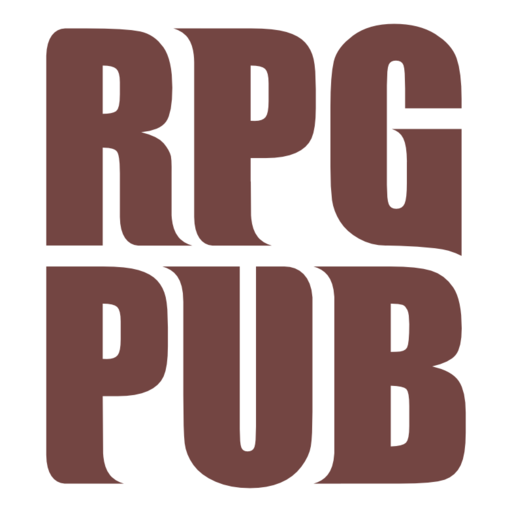Toadmaster
Legendary Pubber
- Joined
- Oct 24, 2018
- Messages
- 3,603
- Reaction score
- 9,064
Since it is looking like Pathfinder 2 is likely to become the new default game in open spaces, I guess it is time to learn more about it. I'm guessing it is inevitable and just a matter of time before it ends up on the shelf beside D&D3, 5 and PF1.
I found a few posts scattered, mostly a year or two old, so thought I'd try to see what the thoughts are 3 years in.
When it first came out the scuttlebutt was it was going to be even crunchier than PF1, which was not a good thing to me, and since D&D 5E seemed healthy (how quickly things can change) and PF1 seemed to still be cruising along I didn't look into PF2 beyond following a few early posts.
I'm not against crunchy, I like a lot of crunchy games but I didn't like the crunch in 3E (too much work for the pay out, I'd rather play HERO, GURPS, Mythras etc something where the work actually pays off). After 3E I figured out I like my "D&D" style games on the lighter side.
My primary interest is the same as 5E, simply the high volume of players making it easier to find games.
So how has it worked out for those who are playing it. Improvement on PF1, just different, worse?
Is it really crunchier than PF1?
You can consider this a sell me on thread.
If it helps in pointing out ups and downs my favorite game systems are HERO, GURPS and the BRP family. My current favorite "OSR" (class / level fantasy) is Beyond the Wall which I'm liking for the low workload on the GM while still providing fairly broad player options.
I found a few posts scattered, mostly a year or two old, so thought I'd try to see what the thoughts are 3 years in.
When it first came out the scuttlebutt was it was going to be even crunchier than PF1, which was not a good thing to me, and since D&D 5E seemed healthy (how quickly things can change) and PF1 seemed to still be cruising along I didn't look into PF2 beyond following a few early posts.
I'm not against crunchy, I like a lot of crunchy games but I didn't like the crunch in 3E (too much work for the pay out, I'd rather play HERO, GURPS, Mythras etc something where the work actually pays off). After 3E I figured out I like my "D&D" style games on the lighter side.
My primary interest is the same as 5E, simply the high volume of players making it easier to find games.
So how has it worked out for those who are playing it. Improvement on PF1, just different, worse?
Is it really crunchier than PF1?
You can consider this a sell me on thread.
If it helps in pointing out ups and downs my favorite game systems are HERO, GURPS and the BRP family. My current favorite "OSR" (class / level fantasy) is Beyond the Wall which I'm liking for the low workload on the GM while still providing fairly broad player options.





















